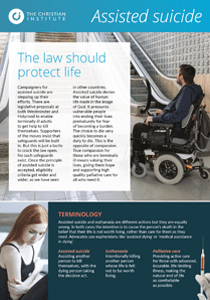Doctors in Ohio will no longer have to provide medical services that conflict with their beliefs, following the introduction of new legal protections.
State Governor Mark DeWine signed Ohio’s budget into law with a “medical practitioner conscience clause”, which allows doctors, hospitals and health insurance companies to decline treatment on ethical, moral or religious grounds.
In June 2020, the Ohio Student Religious Liberties Act 2019 ensured pupils were allowed to pray, attend religious clubs and submit assignments expressing their faith.
‘Respect’
Ohio’s new law means doctors are not required to carry out abortions or conduct transgender surgery against their sincerely held beliefs.
Amendment SC3909 states that “a medical practitioner, health care institution, or health care payer has the freedom to decline to perform, participate in, or pay for any health care service” which is contrary to their “moral, ethical, or religious beliefs or principles”.
Gov. DeWine said: “In the real world, most of those rights are not only recognised and exercised by medical professionals, but they’re being accepted by other medical professionals.”
“I think we have to respect people’s rights and people’s abilities to make those decisions.”
Protection
Ohio Right to Life President Mike Gonidakis welcomed the news, saying: “Doctors shouldn’t be forced to violate their values”.
He said that allowing medics “to use their guiding principles to provide the best care possible for their patients and ensuring that they are free to do so creates a more compassionate and informed heath care system.”
Earlier this year, the Governor of Arkansas signed a similar bill strengthening conscience protections for medical professionals and organisations.a more compassionate and informed heath care system
Miscarriage persuades US doctor of abortion harms



